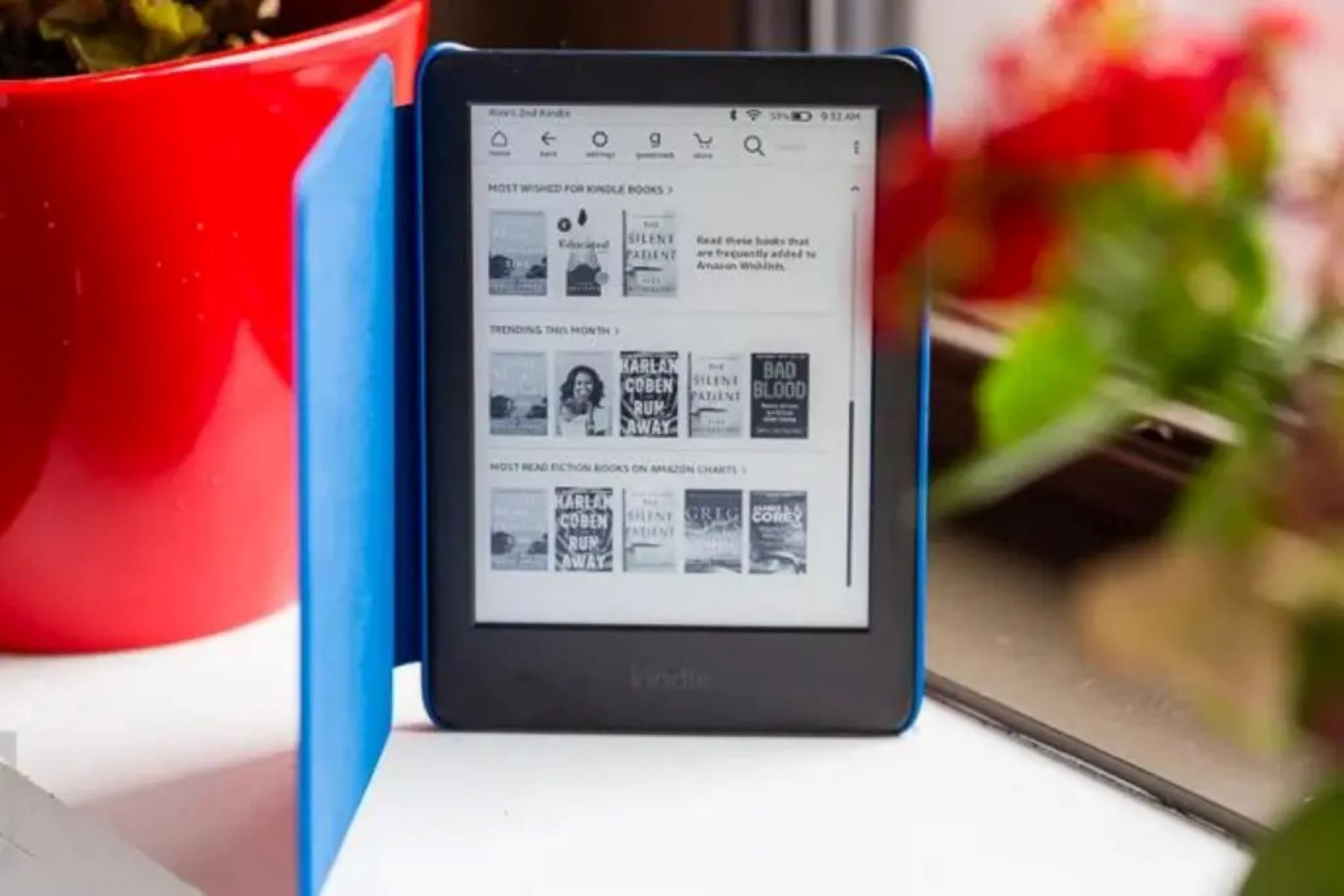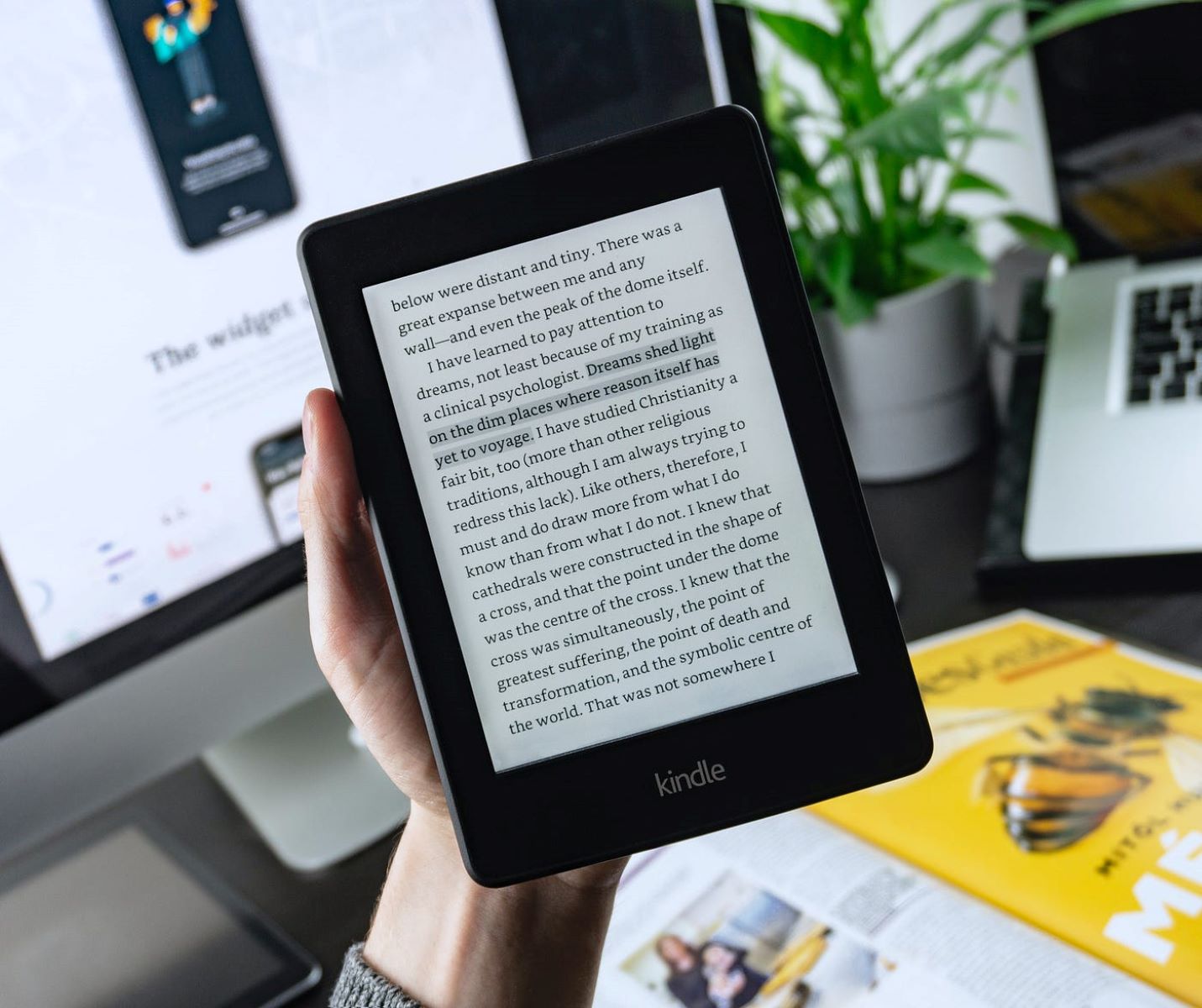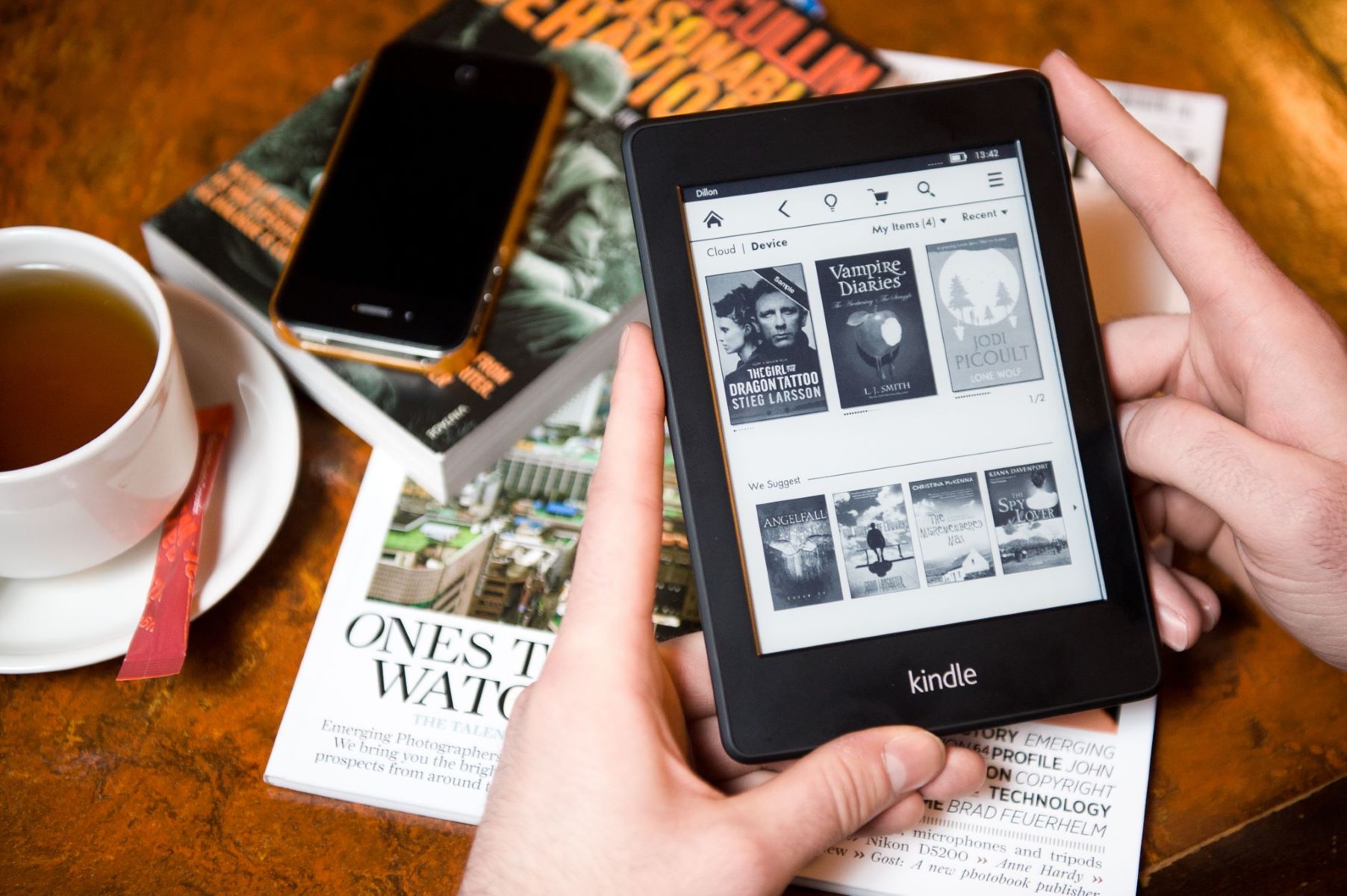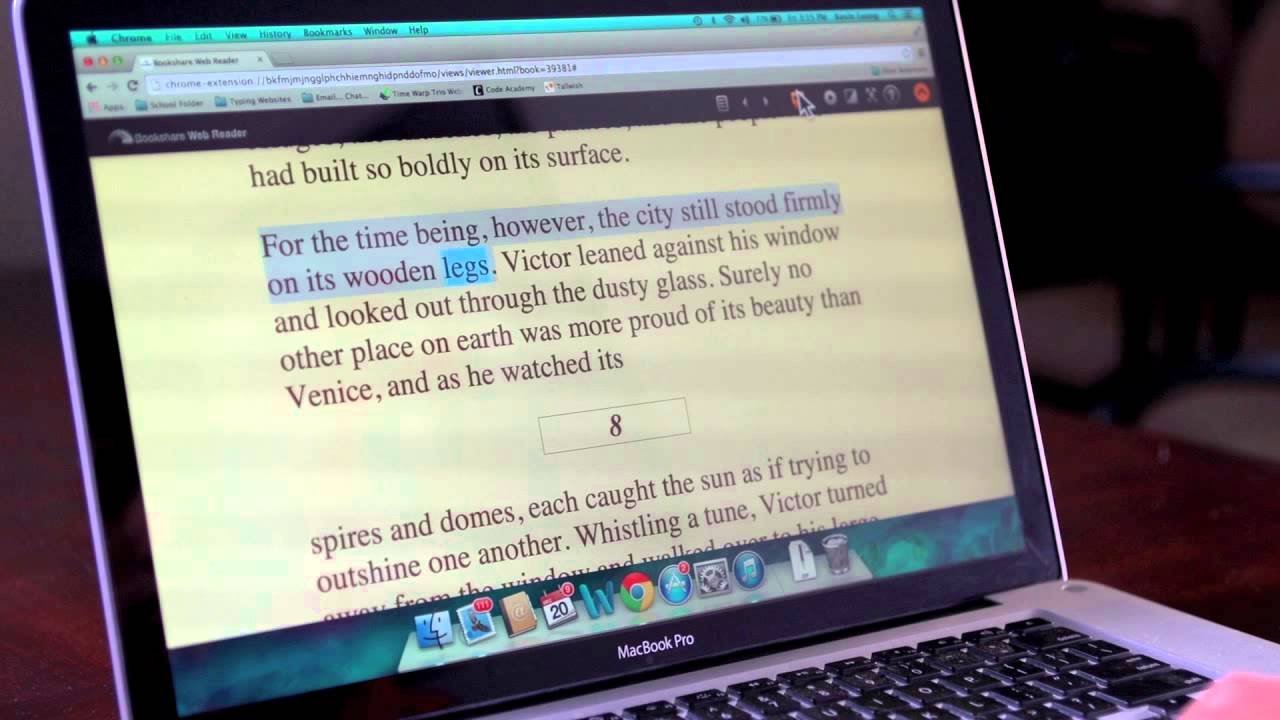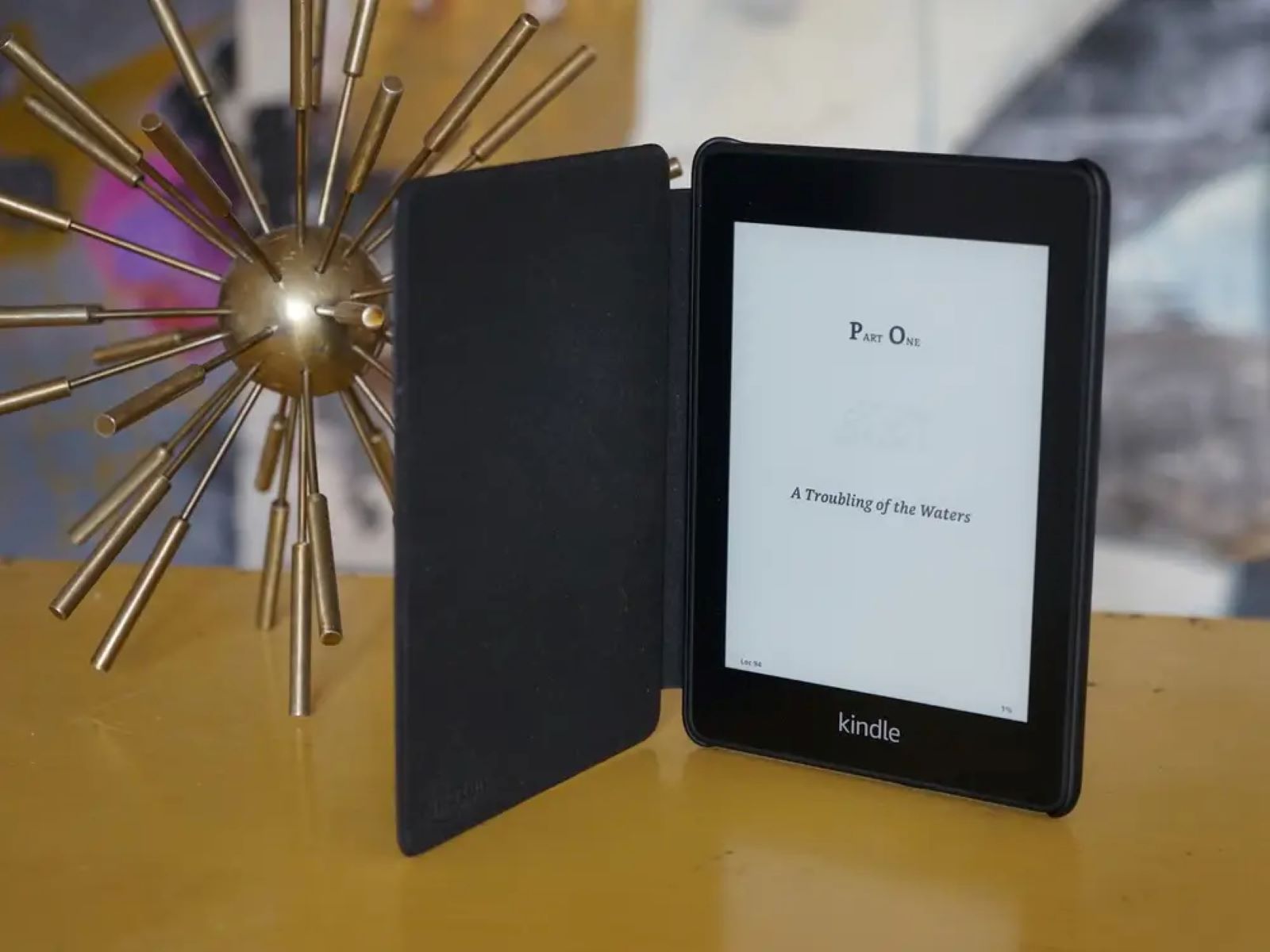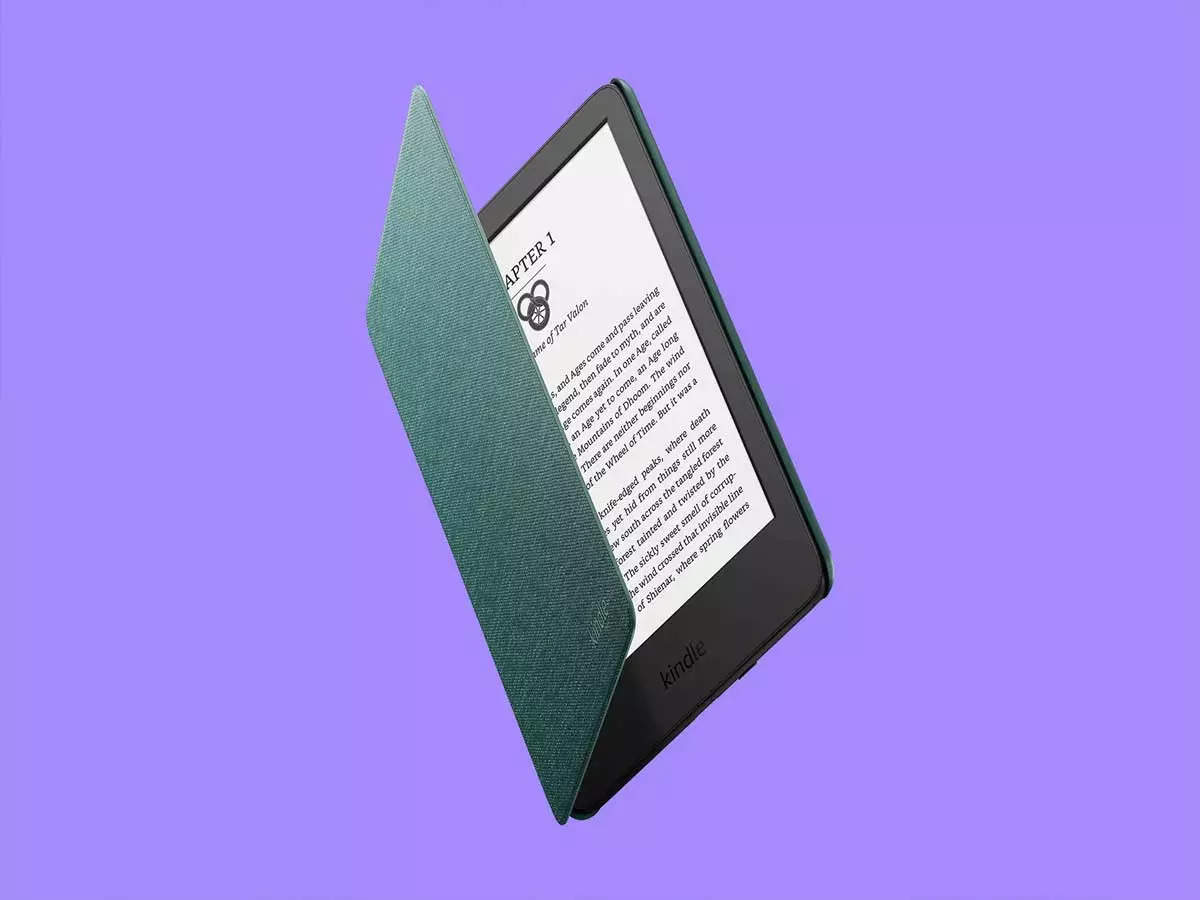Introduction
Welcome to the world of e-books! With the growing popularity of digital reading devices, such as Amazon’s Kindle, more and more people are opting to read their favorite books in electronic format. If you are an avid reader and have just acquired a Kindle, you may be wondering how to add e-books to your device. Don’t worry – it’s a simple and straightforward process that we will guide you through in this step-by-step tutorial.
By following our instructions, you will be able to convert your e-books into Kindle-compatible format and transfer them to your device with ease. Whether you have e-books in ePub, PDF, or other formats, we will show you how to make them readable on your Kindle. So let’s get started!
Before we dive into the steps, let’s quickly touch upon why the Kindle is such a popular device for reading e-books. With its electronic ink display and long battery life, the Kindle offers a reading experience that closely resembles reading from a physical book. The device is lightweight and portable, allowing you to carry an entire library of books wherever you go. In addition, the Kindle provides adjustable text size, built-in dictionary, and the ability to highlight and annotate text – features that enhance the reading experience and make it convenient for studying or referencing.
Now that you have an overview of the Kindle and its advantages, let’s proceed to the step-by-step instructions on how to add e-books to your Kindle device. In the next section, we will cover the first step: converting your e-books to Kindle format.
Step 1: Convert eBook to Kindle Format
Before you can transfer your e-books to your Kindle device, you need to ensure that they are in a format that is compatible with Kindle. While Kindle supports a variety of formats, the ideal format for optimal reading experience is Amazon’s proprietary format, .mobi. If your e-books are already in .mobi format, you can skip this step and proceed to the next one. However, if your e-books are in other formats such as ePub or PDF, you will need to convert them to .mobi. Here’s how:
- Start by downloading and installing a conversion tool such as Calibre. Calibre is a popular and reliable program that allows you to convert e-book formats easily. It supports a wide range of formats and is available for free on both Windows and Mac.
- Once you have installed Calibre, open the program and click on the “Add books” button located on the top left corner of the interface. Select the e-books you want to convert from your computer and add them to the Calibre library.
- After the e-books are added to the library, select them and click on the “Convert books” button. In the conversion options, choose “MOBI” as the output format. You can also customize other settings such as font size, metadata, and layout according to your preference.
- Click on the “OK” button to start the conversion process. Calibre will convert the e-books to .mobi format, which is compatible with Kindle. The converted files will be saved in the Calibre library.
Once the conversion process is complete, you have successfully converted your e-books to Kindle format. In the next step, we will guide you on how to connect your Kindle device to your computer.
Step 2: Connect Kindle to Your Computer
In order to transfer the converted e-books to your Kindle device, you need to establish a connection between your Kindle and your computer. Follow these simple steps to connect your Kindle:
- Using the USB cable that came with your Kindle, connect one end of the cable to the USB port on your computer.
- Take the other end of the USB cable and connect it to the charging port at the bottom of your Kindle device.
- Your computer should now recognize your Kindle as an external storage device. If prompted, select the option to “Allow access to files” or a similar option on your Kindle to enable file transfer.
- Once the connection is established, you will see the Kindle device appear as a removable drive on your computer. This indicates that your Kindle is ready to receive e-books.
Now that your Kindle is successfully connected to your computer, we can move on to the next step, where we will learn how to transfer the converted e-books to your Kindle. Keep your Kindle connected to the computer throughout the transfer process to ensure a smooth and uninterrupted transfer.
Step 3: Transfer eBook to Kindle
With your Kindle device connected to your computer, you are now ready to transfer the converted e-books to your Kindle. Follow these straightforward steps to transfer the e-books:
- Open the file manager or file explorer on your computer and navigate to the folder where the converted e-books are saved. This is the folder in the Calibre library where the .mobi files were created during the conversion process.
- Select the e-books you want to transfer to your Kindle by either highlighting them individually or using the Ctrl or Shift key to select multiple files.
- Once the e-books are selected, right-click on them and choose the option to “Copy” or “Cut” from the context menu.
- Next, navigate to the Kindle device that appears as a removable drive on your computer. Double-click on the Kindle drive to open it.
- In the Kindle drive, look for a folder named “Documents” or “Books”. Double-click on this folder to open it.
- Right-click inside the “Documents” or “Books” folder and select the option to “Paste” from the context menu. This will transfer the selected e-books from your computer to your Kindle device.
Wait for the file transfer to complete. The time taken will depend on the size of the e-books and the speed of the USB connection. Once the transfer is finished, you can safely disconnect your Kindle from your computer.
Congratulations! You have successfully transferred the e-books to your Kindle device. In the next step, we will guide you on how to safely disconnect your Kindle from your computer.
Step 4: Safely Disconnect Kindle
After transferring the e-books to your Kindle device, it is important to safely disconnect it from your computer to ensure that no data is lost or corrupted. Follow these steps to safely disconnect your Kindle:
- Ensure that all file transfers to your Kindle are complete and that there are no ongoing file operations.
- On your computer, look for the “Safely Remove Hardware” or “Eject” icon in the system tray or taskbar. The icon may look like a USB plug or a device with a green checkmark.
- Click on the “Safely Remove Hardware” or “Eject” icon to open the list of removable devices connected to your computer.
- Select the option that corresponds to your Kindle device from the list. It may be listed as “Kindle” or by a model name if you have a specific Kindle model.
- Once you have selected the Kindle device, wait for a notification or message indicating that it is safe to remove the device. This message ensures that all file operations have completed and that it is safe to disconnect your Kindle.
- Now, you can safely unplug the USB cable from your Kindle device and from your computer.
By following these steps, you can prevent any potential data loss or corruption and ensure that your e-books are safely transferred to your Kindle. Your Kindle device is now ready for you to enjoy your newly added e-books!
In the next and final step, we will guide you on how to check and access the transferred e-books on your Kindle device.
Step 5: Check eBook on Your Kindle
Now that you have successfully transferred the e-books to your Kindle device, it’s time to check and access them to ensure they are ready for reading. Follow these simple steps to find and open your e-books on your Kindle:
- On your Kindle device, navigate to the home screen by tapping on the home icon or using the designated home button.
- You will see a list of all the books and documents available on your Kindle. Scroll through the list or use the search function to locate the e-books you transferred.
- Select the e-book you want to read by tapping on its title. This will open the e-book and take you to the first page or the last page you were reading (depending on your previous reading session).
- Use the navigation controls on your Kindle to navigate through the e-book. Depending on your Kindle model, these controls may include buttons or a touchscreen for turning pages, accessing the table of contents, adjusting font size, and highlighting text.
- Enjoy reading your e-book on your Kindle! Take advantage of the features offered by your Kindle, such as adjusting the font size, creating bookmarks, or making annotations.
Congratulations! You have successfully checked and accessed the transferred e-books on your Kindle device. You can now start enjoying your favorite books and immerse yourself in the world of digital reading.
In this tutorial, we have covered the steps to convert e-books to Kindle format, connect your Kindle to your computer, transfer e-books to your Kindle, safely disconnect your Kindle, and check the transferred e-books on your Kindle. By following these steps, you can easily add e-books to your Kindle and enhance your reading experience.
Conclusion
Adding e-books to your Kindle device is a simple process that allows you to expand your digital library and enjoy a wide range of reading materials. By following the step-by-step instructions provided in this tutorial, you have learned how to convert e-books to Kindle format, connect your Kindle to your computer, transfer e-books, and safely disconnect your Kindle.
Remember, converting your e-books to Kindle format using a program like Calibre is essential to ensure compatibility with your Kindle device. Connecting your Kindle to your computer via USB allows you to transfer the converted e-books effortlessly. It’s important to always safely disconnect your Kindle to avoid data loss or corruption.
Once the transfer is complete, checking and accessing the e-books on your Kindle is a breeze. Use the navigation controls on your Kindle device to navigate through the e-book and take advantage of the features offered for a personalized reading experience.
We hope this tutorial has been helpful in guiding you through the process of adding e-books to your Kindle. Now, you can enjoy reading your favorite books anytime and anywhere on your Kindle device. Happy reading!







